Prof. Dr. Kay Knöller
Isotope Geochemist/Hydrogeologist
Head of the
Isotop tracer group
Contact
Department Catchment Hydrology
Helmholtz-Centre for Environmental Research - UFZ
Theodor-Lieser-Straße 4
D-06120 Halle, Germany
Tel: +49-341-6025 4444
Fax: +49-345-558 5449
email: kay.knoeller@ufz.de
Research fields:
Tracer based analysis of dynamic water and nutrient travel time distributions in (sub)surface catchments across scales
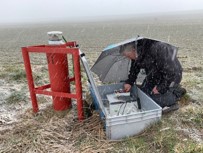
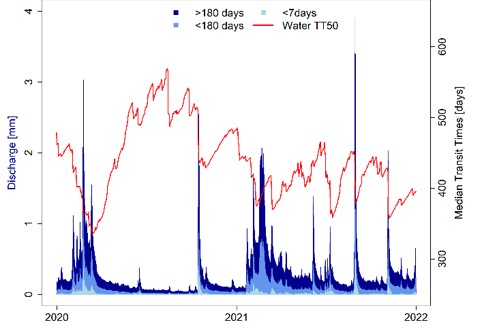
Objectives
- Developing concepts and technologies for high-frequency isotope monitoring with high spatial resolution
- Assessing the impact of hydrological extremes on water flow paths and travel time distributions in catchments
- Investigating the relationship between (extreme) hydrological events and retention, mobilization and turnover of nutrients and pollutants
Regional isotope patterns to model matter fluxes and flow dynamics in mesoscale river catchments
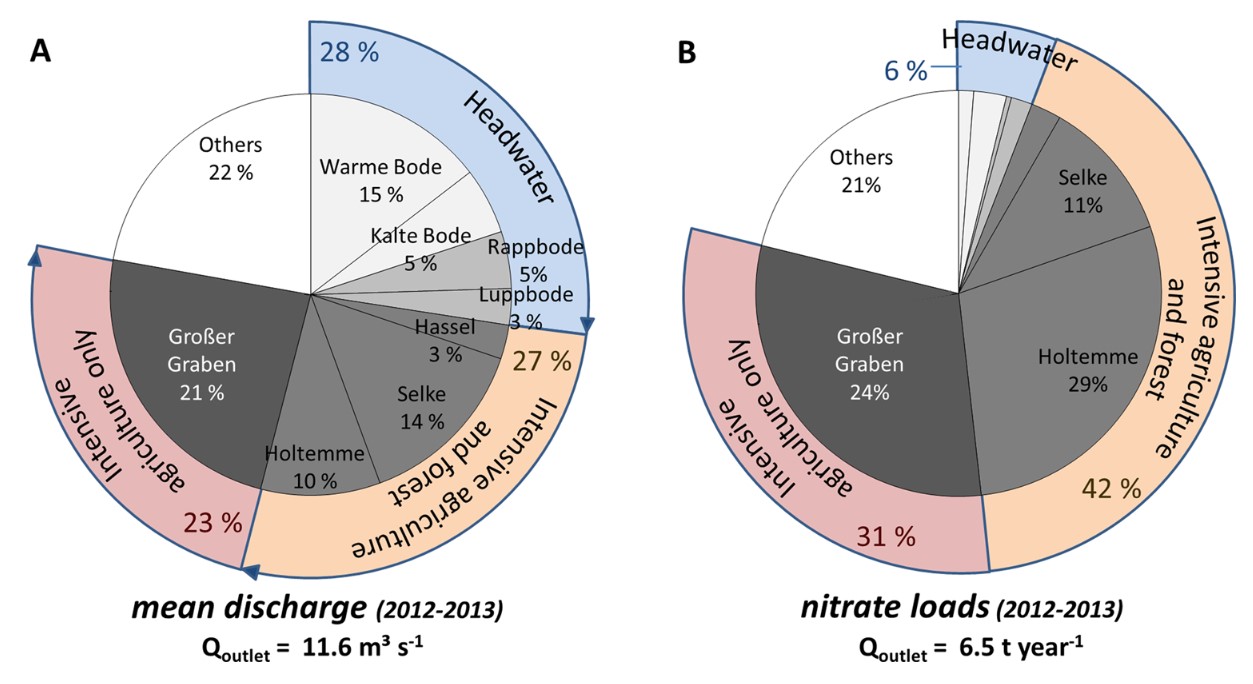
Objectives
- Interpretation of spatial and temporal dynamics of discharge processes
- Assessment of the catchment scale ecosystem potential for the occurrence of certain target processes (for example: denitrification or sulfate reduction)
- Assessment of catchment scale matter sources and sinks
Integrating analysis of element cycles (C, N, S) and matter transformations in aquatic systems
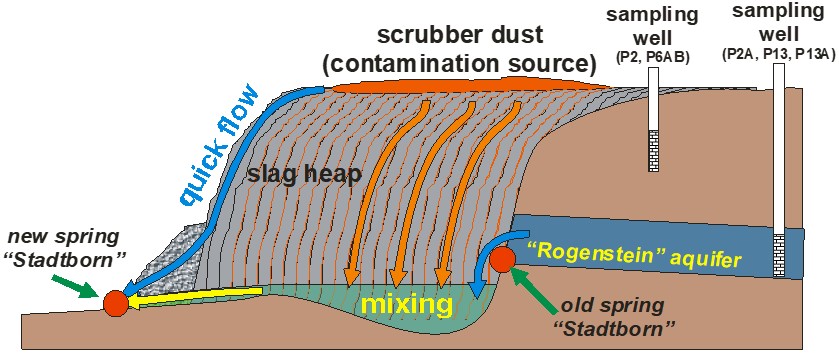
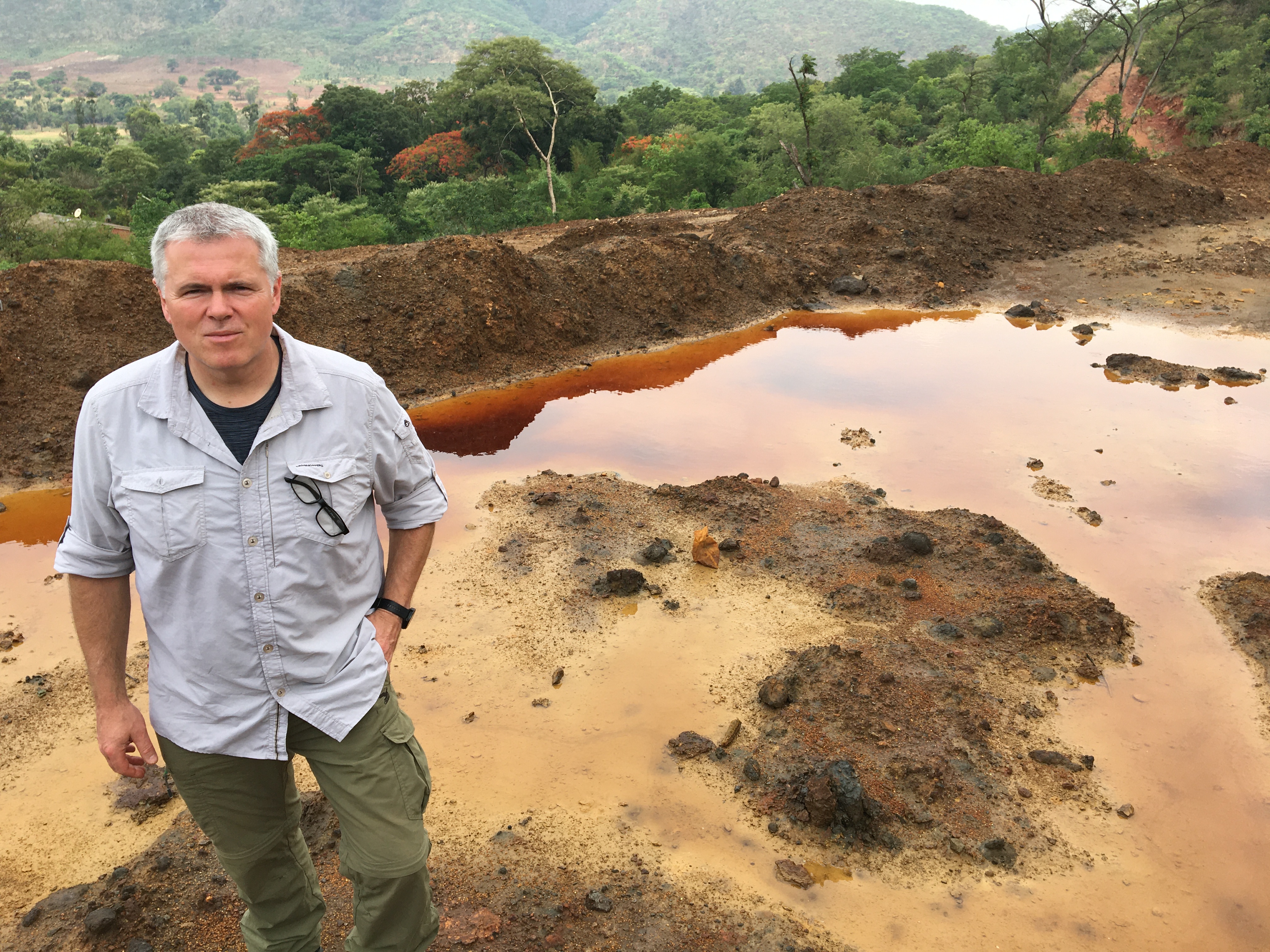
Systems in focus:
(a) Lignite and metal mining landscapes facing a severe diffuse contamination of the aquatic system with inorganic contaminants such as acid mine drainage and heavy metals,
(b) Porous aquifers used for drinking water production and affected by the diffuse impact of agricultural land use, and
(c) Porous, near surface aquifers contaminated with a variety of petroleum hydrocarbons from single or multiple point sources.
Objectives:
- Delineation of inorganic contaminant sources,
- Identification of pathways and mechanisms of inorganic contaminations
- Assessment of the potential of aquifer systems for a natural attenuation of both inorganic and organic contaminations
Qualitative and quantitative assessment of the interaction between groundwater and surface water bodies
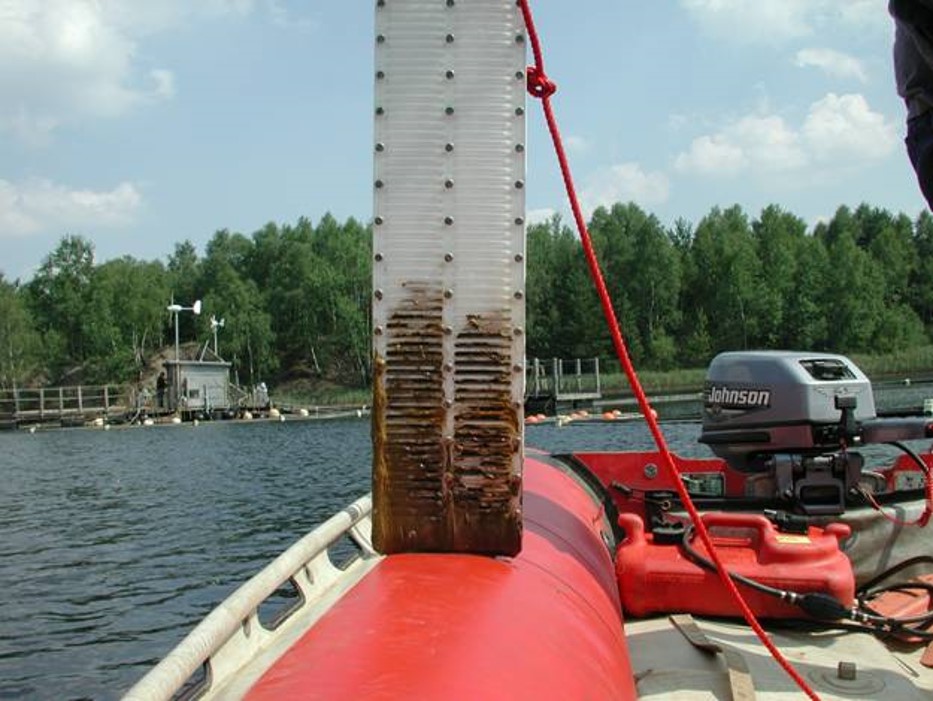
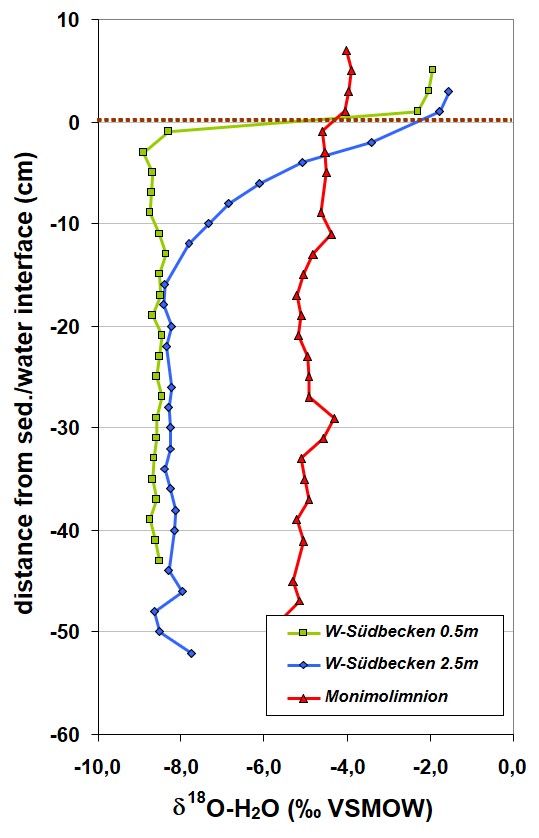
Objectives
- Quantification of large scale groundwater/surface water exchange (isotope balance of lakes)
- Development of methods for a high resolution-micro scale assessment of groundwater/surface water interaction
- Combination of stable isotope with further tracer methods, especially with techniques aiming at the on-site detection of naturally occurring radioactive tracers (e.g. 222Rn)
